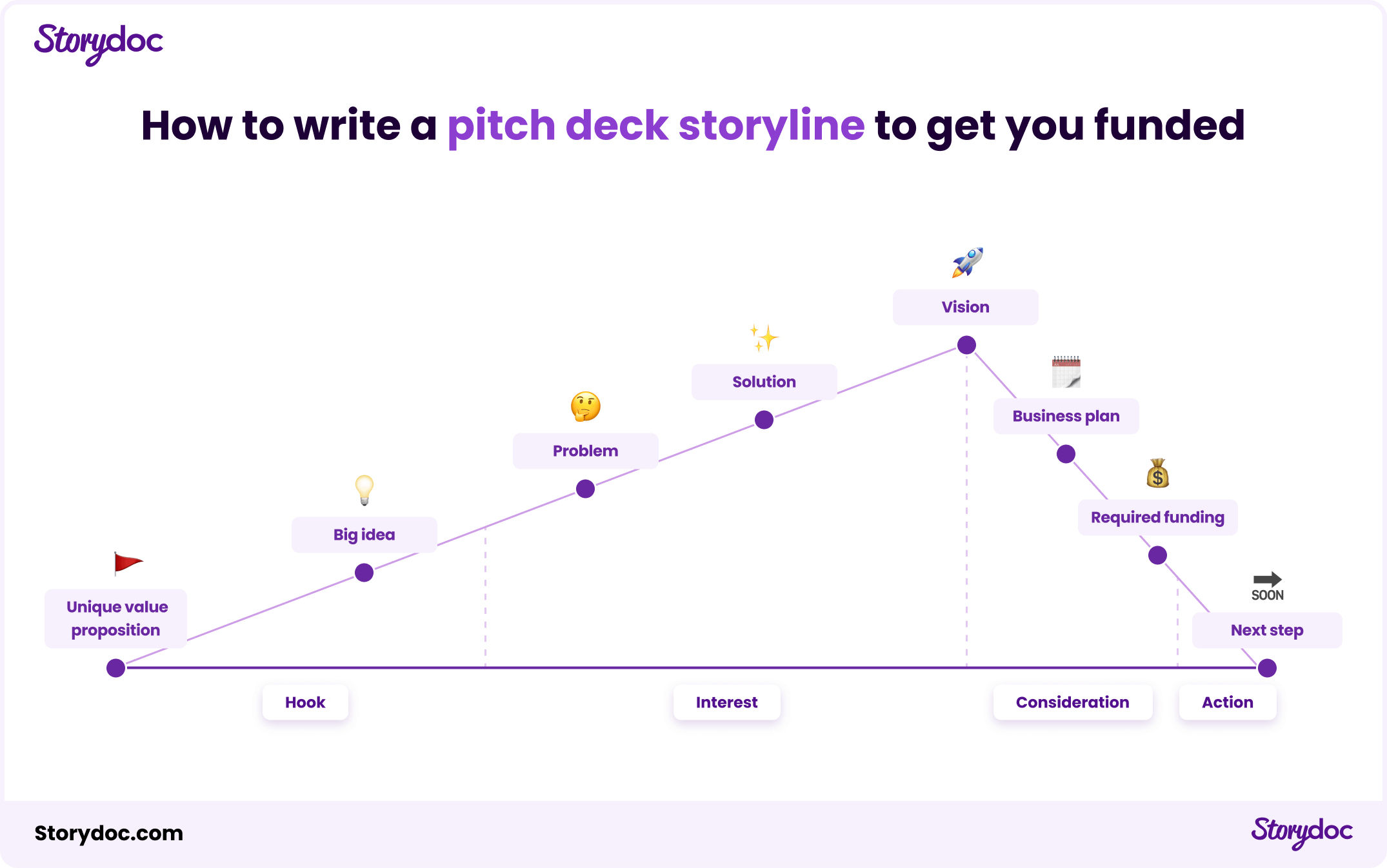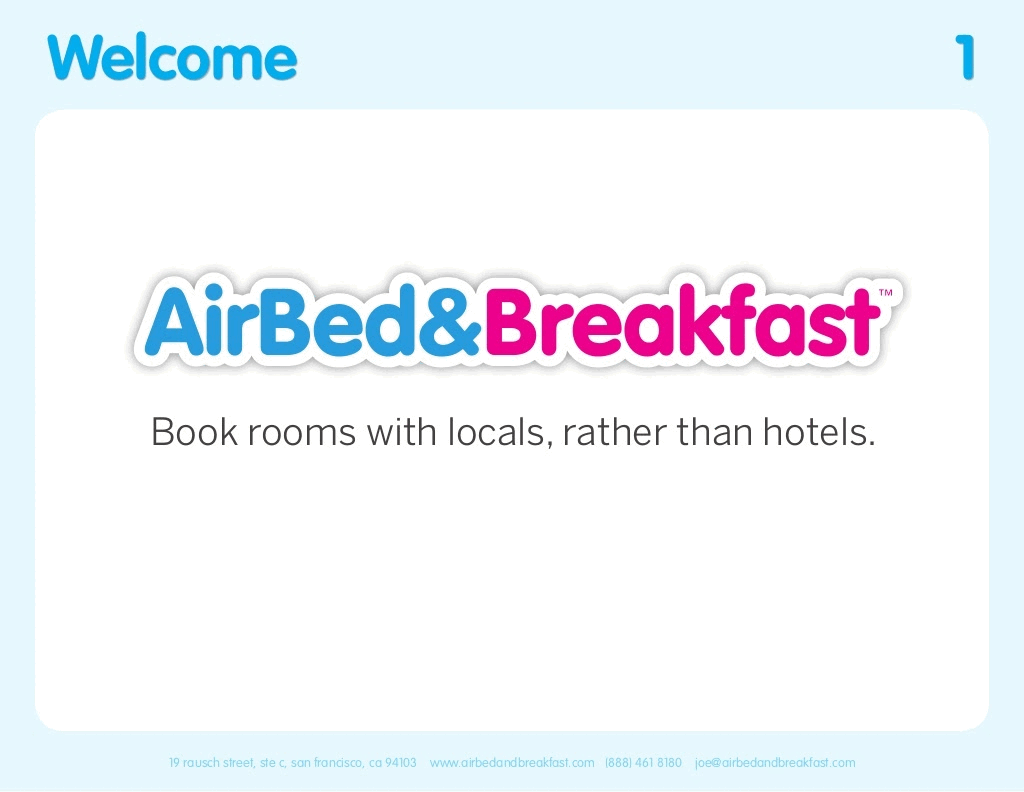“The best pitch decks don't feel like they were created for the benefit of venture capitalists. They feel like an outgrowth of the work the startup is already doing.”
— Michael Wolfe
Startup founder, entrepreneur, and investor
Learn about the definition of a pitch deck, what it includes, types of pitch decks. Get examples, templates, and tools to make a good winning pitch deck.
A pitch deck, also called investor deck, is a presentation showcasing a plan for a new business to investors. The purpose of a pitch deck is to convince investors to fund your venture. A good pitch deck should include a clear definition of a market gap or problem, a unique solution, a viable business model, and a go-to-market strategy.
Pitch deck and investor deck are terms sometimes used interchangeably. The term “pitch deck” in this context is used to describe a brief document containing basic information about your company and introducing your vision to someone with no prior knowledge of it.
The term “investor deck” is used to describe a more detailed deck with an in-depth analysis of your unique value proposition, market opportunity, and go-to-market strategy.
When in doubt, it can be beneficial to ask potential investors what they expect to see at any stage of the investment process.
The main 2 differences between a pitch deck and a sales deck are their purpose and audience. The purpose of a pitch deck is to convince potential investors that your company is worth funding by promising them the desired return on their investment (ROI).
The purpose of a sales deck is to get prospects to become paying customers of your company by presenting how it’s going to change their lives for the better.
If you want to expand your knowledge you can read our posts on how to create a sales deck that makes you irresistible to buyers, or check out some Unique Sales Deck Examples that Outsell the Rest.
A pitch deck is a document used to gain investor buy-in during a funding round, whereas a marketing deck is an umbrella term that can mean a host of different things depending on the context it’s used:
A marketing pitch deck is a presentation shown externally to potential investors by founders of marketing agencies in the hopes of getting the necessary funding.
A marketing sales deck is a presentation shown externally to prospective clients of marketing agencies in order to educate them about your offering and close deals.
An internal marketing deck can be shown internally to the general managers and business owners, or to stakeholders to demonstrate a company’s marketing or advertising efforts and present key metrics.
“The best pitch decks don't feel like they were created for the benefit of venture capitalists. They feel like an outgrowth of the work the startup is already doing.”
— Michael Wolfe
Startup founder, entrepreneur, and investor
NOTE: Using PowerPoint to create your pitch deck means putting the fate of your business in the hands of 35-year-old technology that has barely evolved since its inception.
If you want to stand out in a sea of competitors, try transitioning to an interactive pitch deck creator.
Stop losing opportunities to ineffective presentations.
Your new amazing deck is one click away!













